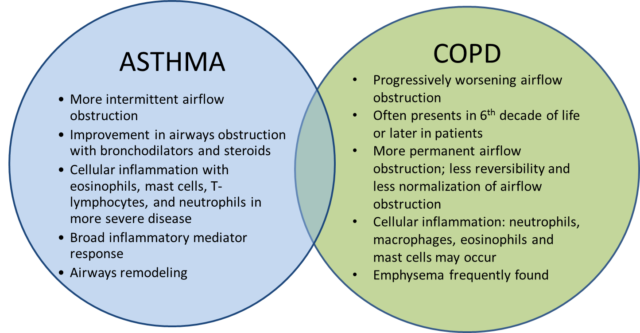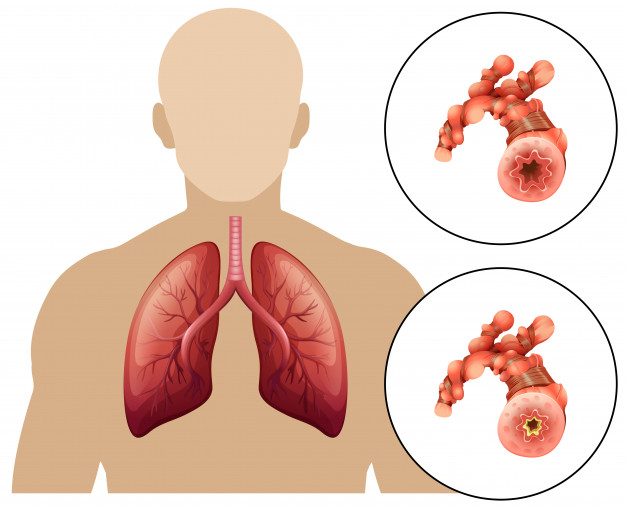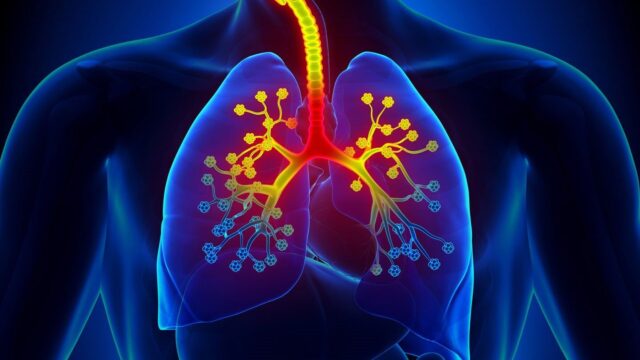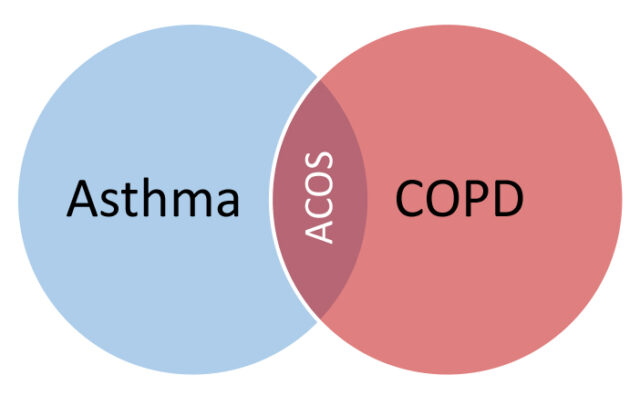
Asthma and COPD (chronic obstructive pulmonary diseases) are both pulmonary diseases, but they aren’t equal. That means, some treatments may be similar, but the whole way of treating the patient is different. Asthma is a chronic inflammatory disorder of the airways, while COPD is a progressive lung disease characterized by airflow limitation that is not fully reversible.
Smoking is a direct cause of COPD, while people who suffer from asthma often have a combination of genetic factors, and environmental conditions, and are often exposed to irritants that worsen the situation.
COPD typically includes emphysema and chronic bronchitis, and it is usually diagnosed in older adults who have a history of smoking, but this is not a rule for every COPD patient. Asthma patients may need to use treatments like generic Symbicort inhalers to ease their symptoms. Good thing is that even COPD patients may use it, but that doesn’t mean both conditions require the same treatment.
Asthma and COPD aren’t the same things

While these diseases share some similarities, such as difficulty breathing and a chronic cough, they are caused by different underlying mechanisms and require different treatment approaches. They also affect a large part of the population, but the causes and treatments are different.
The common thing is that no matter what condition you have, you must always control these things with your doctor. Only properly treated pulmonary conditions can be cured successfully, without causing further problems.
How to treat asthma?

The asthma treatment controls the symptoms but also addresses the reasons why this condition appeared in the first place. That’s why people take long-term control medicines, as well as quick-relief products.
Long-term medications may include corticosteroids, that ease the asthma symptoms, letting the patient breathe. Inhaled corticosteroids are the most common long-term control medication for asthma and are used to reduce inflammation and swelling in the airways.
When it comes to quick-relief medications, they immediately help the patient put the attack under control. As a result, they can easily breathe until they get to the long-term medicine they usually use.
Some patients may be prescribed a combination inhaler that contains both a long-term control medication and a quick-relief medication.
Every treatment is unique for every patient. The chosen medicines depend on the curren condition, and asthma is not the same for everyone. Additionally, you must visit your doctor if you see some changes in your condition.
How to treat COPD?

The COPD treatment may include the same medicines as asthma, but the whole approach is much extended, since it may include oxygen therapy and pulmonary rehabilitation.
The goal is to manage COPD symptoms and slow down the disease progression.
In COPD, the patient may receive corticosteroids and various inhibitors to reduce inflammation and improve airflow in the body.
Oxygen therapy usually involves a mask that is connected to an oxygen cylinder. The goal is to restore the rhythm of breathing with the help of pure oxygen and for the patient to breathe more easily, without obstacles.
Pulmonary rehabilitation is a series of medications, activities, and therapy sessions that help restore lung function to improve the patient’s overall quality of life.
In extreme cases, an operation involving the removal of part of the lung or a transplant may be required. This is however in cases where the patient does not respond to any of the standard therapies.
Of course, in the whole process, the cause of the condition is also identified, which facilitates the treatment.
Does asthma belong to the group of obstructive pulmonary diseases?

Asthma is not the same as COPD, and that must be clear to everyone. In fact, many diseases have similar symptoms and misdiagnosis can sometimes occur. But that doesn’t make them the same. On the contrary, if the cause is different, then the disease is one thing and the symptoms another. On the other hand, different triggers may give similar or completely the same symptoms of a different disease.
You cannot know this unless you are an experienced and professional medical person. But even then it is necessary to go for an examination and the necessary tests so that the correct diagnosis can be given and you can be helped with the appropriate medicine.
Both diseases have different symptoms
Symptoms and comorbidities associated with COPD can include high blood pressure, migraines, sinusitis, insomnia, depression, and many others. But they are also related to asthma.
Of course, the difference is how patients respond to the medication and what actually helps them control their symptoms. If something works for you, you can’t recommend it to your friend with the same symptoms. The reason for this is that you must know whether it is asthma or an obstructive condition.
Some people can have both diseases at once

Sometimes some people can have a condition known as asthma-COPD overlap. It happens when they have a mix of symptoms. However, ACO is not a separate disease, but rather something that happens when you have both asthma and pulmonary obstructions. The reasons why this overlap occurs are not sufficiently researched, but one thing is certain – you must treat the condition with a doctor before it threatens your life.
One example of this is people with asthma who smoke cigarettes and develop COPD when they are older. Then they have ACO or asthma-COPD overlap.
Conclusion
Now you know all the essential things related to COPD and asthma treatments, eventual overlaps, and symptom similarities. The conclusion of this article is related to our recommendation to treat every condition with a doctor. Sometimes, something looks so naïve, but it results in serious diseases with even more frightening outcomes.
Finally, if you have some pulmonary symptoms, we suggest visiting your doctor immediately, especially if you suffered COVID-19 in the last 12 months. Pulmonary conditions are treatable, but you need to act on time. In every other case, they can be life-threatening and cause additional health issues.







